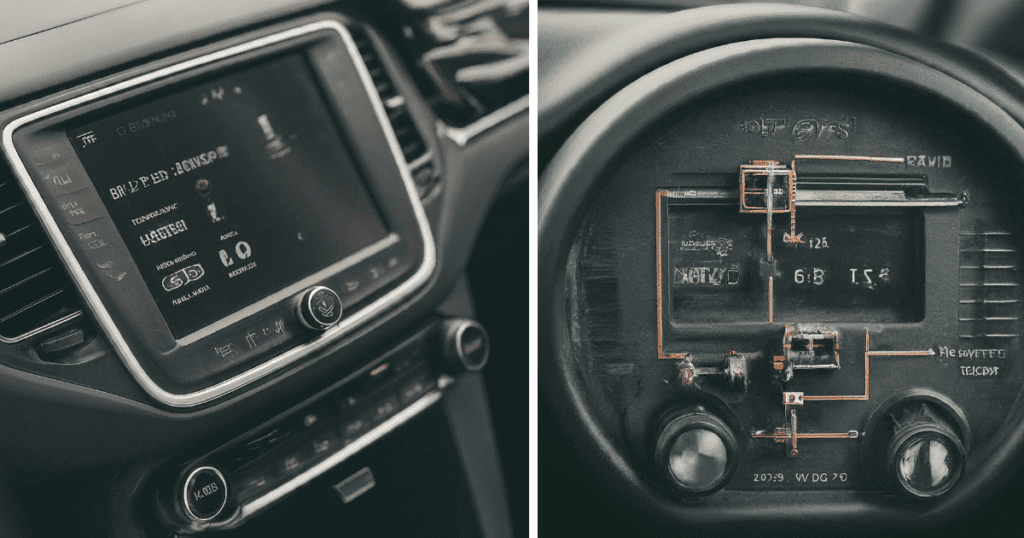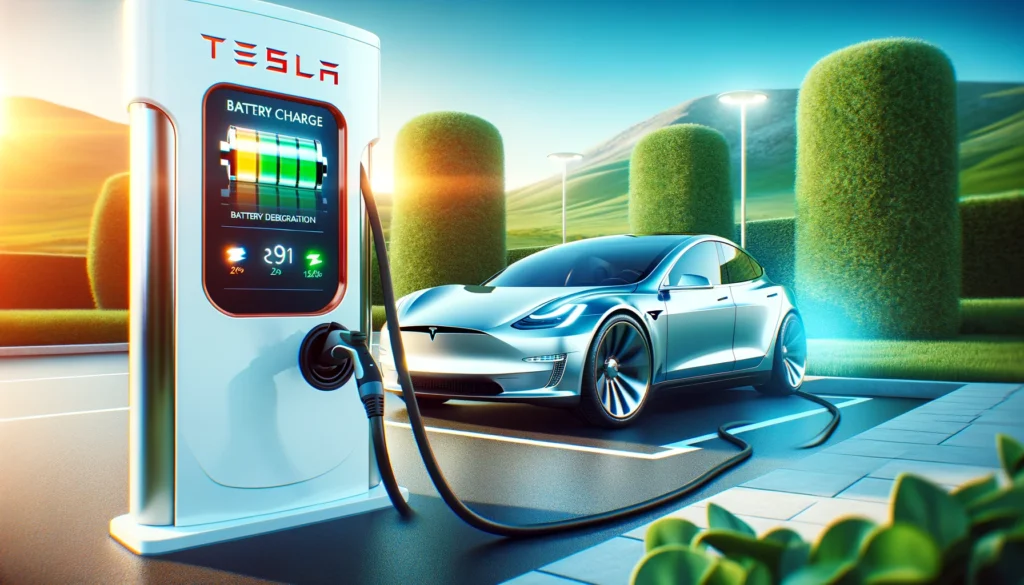
Have you ever wondered how much power your car head unit consumes? Whether you’re a car enthusiast or just curious about your vehicle’s electrical system, understanding the power consumption of your car stereo can be enlightening. In this comprehensive guide, we’ll delve into the intricacies of car head unit power consumption, exploring the factors that influence it and providing practical insights for optimizing energy efficiency.
Understanding Car Head Unit Power Consumption
Before we delve into the specifics of car head unit power usage, let’s establish a foundational understanding of what a car stereo actually is and how it operates. A car head unit, also known as a car stereo receiver or simply a deck, is the centerpiece of your vehicle’s audio system. It typically includes features such as a radio tuner, CD player, USB ports, Bluetooth connectivity, and sometimes even built-in navigation systems.
Components of a Car Head Unit
To comprehend power consumption, it’s essential to recognize the various components within a car head unit that contribute to energy usage:
- Amplifier: The amplifier is responsible for boosting the audio signal to drive the speakers. Different car stereos come with varying amplifier power ratings, which directly impact power consumption.
- Digital Processor: Modern car head units often incorporate advanced digital signal processing (DSP) capabilities for sound enhancement and customization. These processors require electricity to operate efficiently.
- Display Screen: Many car stereos feature vibrant LCD or touchscreen displays for user interaction and visual feedback. The brightness and size of these displays can influence power consumption.
- Tuner and Receivers: Radio tuners and receivers enable access to AM/FM radio stations and other audio sources. These components consume power during operation.
Factors Affecting Power Consumption
Several factors influence the power consumption of a car head unit. Understanding these variables can help you gauge the energy requirements of your car stereo and make informed decisions about usage and optimization.
Amplifier Power Rating
The amplifier power rating, measured in watts (W), indicates how much electrical power the car stereo can deliver to the speakers. Higher amplifier power ratings typically result in greater power consumption, especially when driving high-volume audio.
Audio Volume Levels
The volume level at which you listen to music directly affects power consumption. Cranking up the volume requires more power from the amplifier to produce louder sound output, consequently increasing energy usage.
Display Brightness and Usage
The brightness settings and usage patterns of the car head unit display screen significantly impact power consumption. Dimming the display or utilizing energy-saving features can help reduce overall energy usage.
Usage of Additional Features
Utilizing additional features such as Bluetooth connectivity, USB charging ports, and auxiliary inputs can contribute to car head unit power consumption. Minimizing unnecessary features when not in use can help conserve energy.
Measuring Car Head Unit Power Consumption
Now that we’ve explored the factors influencing power consumption, you might be wondering how to measure the amps used by your car stereo. While it’s challenging to provide an exact measurement without specialized equipment, there are practical methods for estimating power consumption.
Using a Multimeter
A multimeter is a versatile tool commonly used to measure electrical parameters such as voltage, current, and resistance. To estimate car head unit power consumption using a multimeter, follow these steps:
- Disconnect the Battery: Ensure the vehicle’s battery is disconnected to prevent electrical mishaps.
- Connect the Multimeter: Set the multimeter to measure current (amps) and connect it in series with the car stereo’s power supply. This typically involves connecting the multimeter’s positive lead to the positive terminal of the car stereo power source and the negative lead to the vehicle’s ground.
- Power On the Car Stereo: Turn on the car head unit and observe the multimeter reading. This reading provides an estimate of the current (amps) drawn by the car stereo during operation.
Optimizing Car Head Unit Energy Efficiency
To maximize energy efficiency and minimize power consumption of your car head unit, consider implementing the following tips:
- Choose an Efficient Model: When selecting a car stereo, opt for models with energy-efficient components and features.
- Adjust Display Settings: Dim the display brightness and utilize energy-saving features to reduce power usage.
- Limit High-Volume Listening: Avoid excessively high volume levels to minimize amplifier power consumption.
- Turn Off Unused Features: Disable unused features such as Bluetooth, USB charging, and auxiliary inputs when not in use to conserve energy.
Conclusion:
In conclusion, understanding the power consumption of your car head unit is essential for optimizing energy efficiency and making informed choices about usage. By considering factors such as amplifier power rating, audio volume levels, display usage, and additional features, you can effectively manage energy usage and prolong your vehicle’s battery life. Remember to measure current (amps) using a multimeter for accurate estimation, and implement energy-saving strategies to minimize environmental impact and maximize user experience.
Enhance your driving experience with a high-efficiency car head unit that offers exceptional performance while minimizing power consumption. Explore our range of energy-efficient car stereos today and enjoy superior audio quality without compromising on sustainability.


